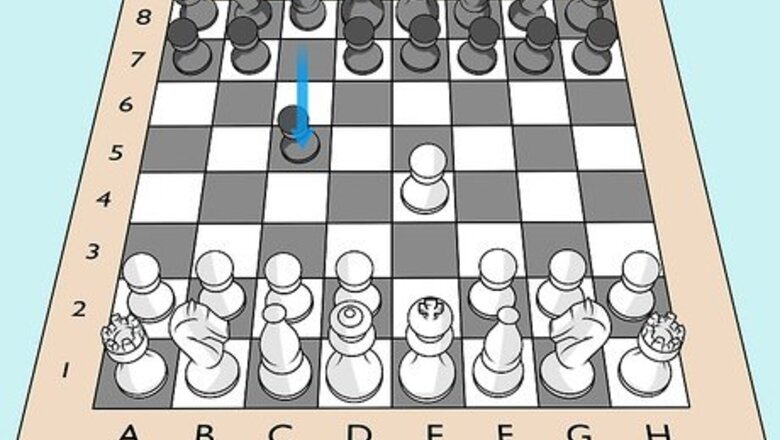
views
Note: These openings only follow the mainline plays for the openings and do not cover variations, so your opponent may make different moves than what’s listed and change your strategy.
The Sicilian Defense
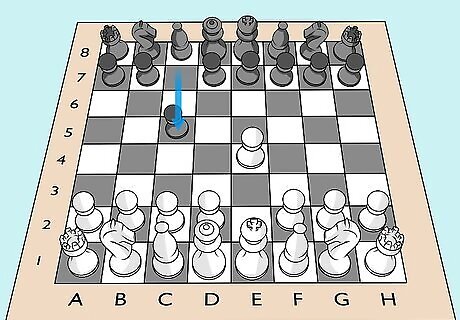
Move your pawn to c5 to assert control over the d4 space. During white’s opening move, they’ll usually move a pawn to e4 to take control of the center of the board. Take the pawn that’s in front of the bishop on the queen’s side and move it forward 2 spaces to c5. You can capture pieces on either b4 or d4, which prevents your opponent from moving another piece to the center. The white player will usually move the knight on their king’s side to f3 to defend the d4 and e5.
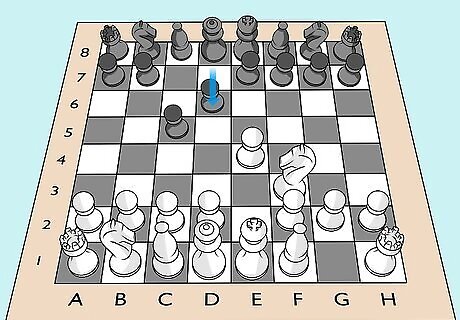
Put the queen’s pawn on d6 to protect the center squares. After white’s second play, move the pawn in front of your queen 1 space forward so it’s on d6. That way, you’re protecting the first pawn you moved as well as defending the e5 square in the center of the board so your opponent can’t move there without getting captured. White’s next move is usually moving their queen’s pawn to d4 so they control 2 squares in the center.Tip: Moving your pawns to c5 and d6 creates a diagonal barrier on your queen’s side to help build your defenses and limit your opponent’s movement on that side of the board.
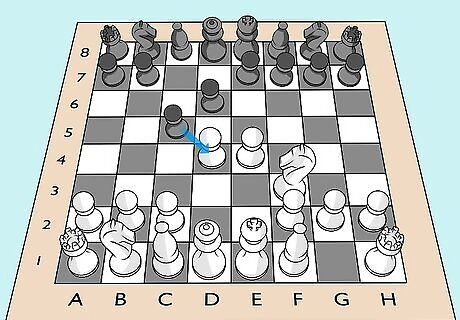
Capture the pawn at d4 with your pawn from c5. Move the pawn on c5 diagonally toward your opponent’s pawn on d4 and remove it from the board. While your pawn’s now at risk for an attack, you and your opponent now have even control over the center of the board. Your opponent will typically capture the pawn you just moved with their knight so they have control over the center again.
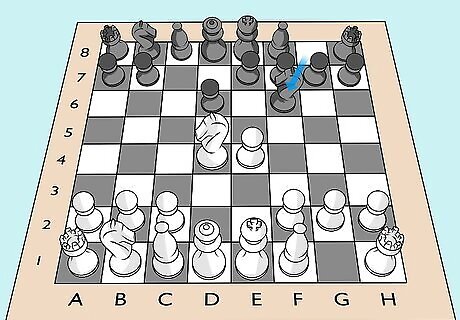
Move the king’s knight to f6 to put pressure on the center. Take the knight on g8, on the king’s side of the board, and move it to f6. With your knight there, you now have pressure on your opponent’s pawn at e4 and the empty square at d5. The white player will want to defend the pawn so you can’t capture it, so they’ll move their queen’s knight to c3. That way, if you capture their pawn, they can capture your knight.
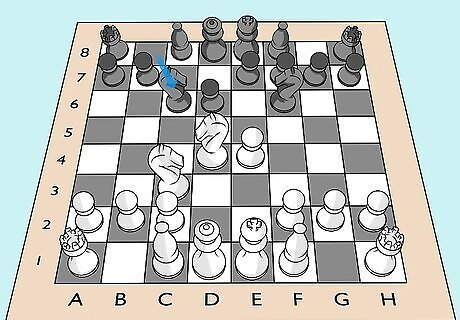
Develop your queen’s knight to c6 to force your opponent to attack. Move your knight from b8 to c6 so it can access the center of the board. From this position, your opponent may capture the knight, but they will put themselves at risk of being captured by a pawn. You may also move the pawn at a7 to a6 to help defend your king if you’d like. You could also move your pawn at g7 to g6 so you can move the king’s bishop out of the back row. That way, you can castle on the king’s side.
The French Defense
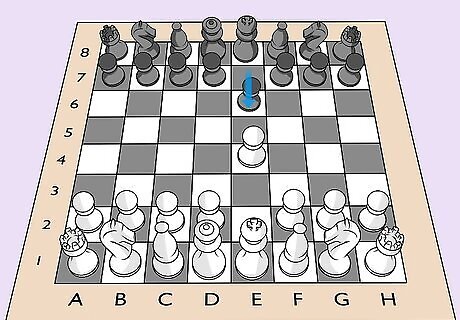
Open with your pawn to e6. When the white opens to e4, move the pawn that’s in front of your king 1 space forward to e6. That way, your bishop is free to get out of the back row later on in the game and you’re defending the d5 center square so your opponent won’t put pieces on it. Your opponent will try to control more of the center by moving their queen’s pawn to d4.
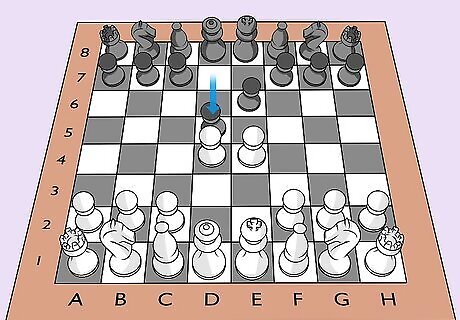
Put the pawn from d7 onto d5 to hold a center square. Move the pawn that’s in front of your queen 2 spaces forward so it’s in front of your opponent’s pawn. You now have control over a center square and have the opportunity to capture the pawn on e4 if you want. Your opponent will want to protect their pawn, so they will move it forward to e5. The pawn on e6 will defend the pawn you just moved so other pieces are less likely to attack it.Tip: Your king’s bishop now also has a long diagonal path that it can travel on to help defend the queen’s side of the board.
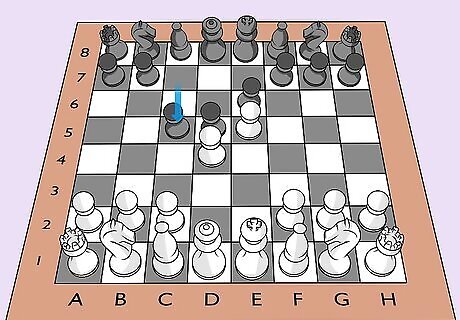
Move a pawn to c5 to put pressure on the white pieces. Take the pawn that’s on c7 and thrust it forward 2 spaces so it lands on c5. Now you have put your opponent’s pawn on d4 at risk and have a large defensive wall on the queen’s side of the board so it’s harder for the white pieces to attack. Your opponent will typically develop their king’s knight to f3 to defend the pawn you put at risk.
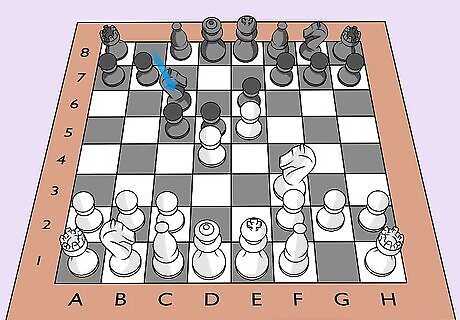
Develop your knight to c6. Take the knight you have at b8 and move it to c6 so it’s behind your pawns. From this position, you can capture either of your opponent’s pawns at the center of the board. While you only have your pawn in the middle squares, your knight puts pressure on the other squares there. As an additional level of protection, your opponent will move their pawn at c2 to c3 to defend the center squares.
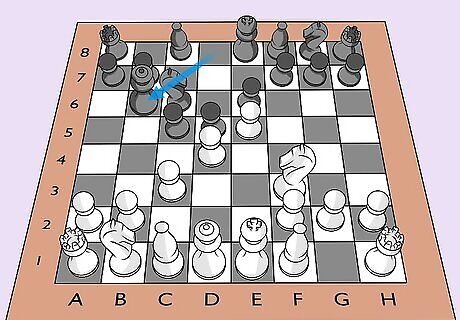
Move your queen to b6 to give yourself offensive options. There are many moves you can make after you move your knight, but one of the strongest you can make is moving your queen to b6. Your queen then puts pressure on the pawn at b2 and acts as another layer of protection for your pawn at c5. Don’t capture the pawn at b2 during your next turn since your opponent could easily remove your queen with their bishop.
The Nimzo-Indian Defense
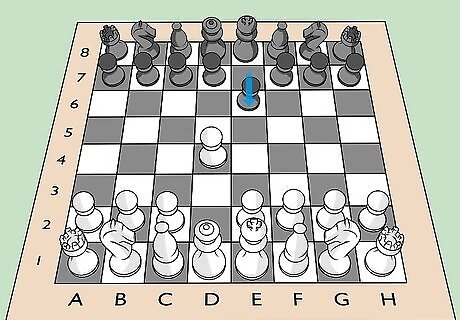
Move the pawn in front of your king to e6. If your opponent opens the game by moving their queen’s pawn to d4, make your first move to e6. This limits your opponent from moving their pawn forward during their next turn since you could capture it. It also opens up your king’s bishop so it can move out of the back row. The mainline strategy for your opponent is moving their pawn at c2 to c4 to protect d5.
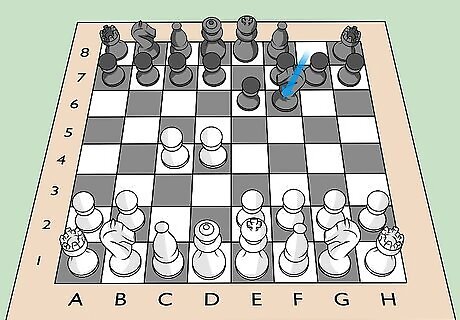
Develop the king’s knight to f6. Move the knight on g8 up to f6 so it’s right next to the pawn you moved during the first turn. The knight will help defend the d5 so your opponent’s pawn doesn’t move into it, but it will also allow it to access the king’s side of the board so your opponent can’t attack as easily. Your opponent usually would move their queen’s knight from b1 to c3.
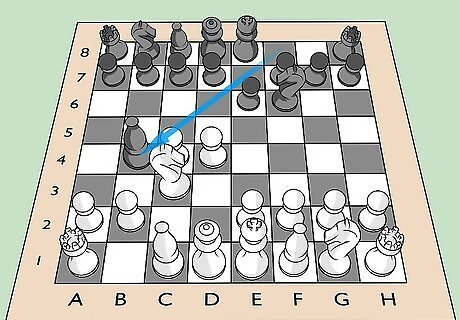
Move the king’s bishop to b4 to pin your opponent’s knight. Take the bishop next to your king and move it diagonally to the b4 square so it’s next to your opponent’s pawn. Your opponent won’t be able to move their knight since you would be able to capture their king during your next turn. Your opponent will most likely move their queen to e2 so they can capture your bishop if you decide to capture their knight.
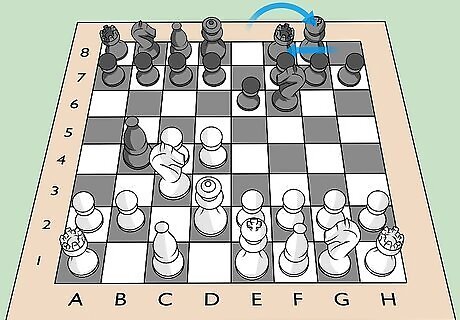
Castle on the king’s side to build your defense. Place your king on g8 and move the rook at h8 to the right until it’s in f8. Now your king is protected by a row of pawns and your rook so it’s harder to capture. Keep your king protected near the corner throughout the rest of the game so it’s harder for your opponent to attack it.

















Comments
0 comment